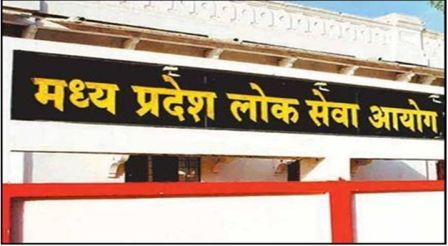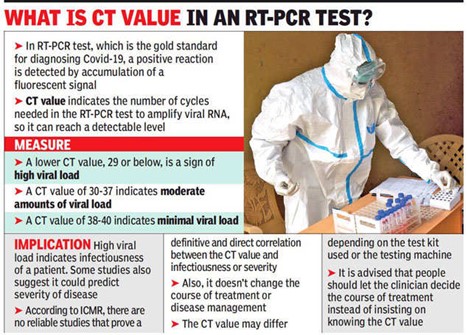Major Princely States / Dynasties of Madhya Pradesh
मध्य प्रदेश की प्रमुख रियासतें
Major Dynasties of Madhya Pradesh- Gardbhill, Nag, Olinkar and Parivrajak, Uccha Kalp, GurjarPratihara, Kalchuri, Chandel, Parmar, Tomar,Gond and Kacchapghaat Dynasty.
Gardabhill(Bhil Tribe)
King Gardabhilla –
The Gardabhilla dynasty ruled Avanti for 152 years . King Gardabhill belonged to the Bhil tribe . Gardabhilla, who was believed to be the father of a legendary ruler, Vikramaditya, was a king of Ujjain in the first century BC. was the founder of the Bhilla dynasty.
Information about the previous men of his dynasty is not available.
King Gardabhilla was in love with Saraswati, the sister of a sage named Kalkacharya, going against the sage he kidnapped Saraswati, on this the sage asked for help from the Shakas, there was a fierce battle between the forces of Shaka and Gardabhilla, and Gardabhilla lost the war, but his descendant Emperor Vikramaditya again defeated the Shakas and recaptured Ujjain,
King Gardha Bhill had a total of 7 queens in which
-Dhanvantari was born from the womb of a Bhil queen,
-Vararuchi from the womb of a Brahmin queen,
-Shanku (Vidvaan /Jyotish)from the womb of Banyani,
-Betalbhatta from the womb of a Shudra queen.
Vetala Bhatta-
Was a Sanskrit author/Magician of the sixteen stanza "Niti-pradeepa" (Niti-pradīpa, literally, the lamp of conduct).
There are also many legends about him told as a stories of Vikram-Vetal. ( Vikram here is referred to Chandra Gupta 2 as he was titled Vikramaditya)
-Varahamihir was born from a queen named Satdhari.
After King Gardabhill, the Shakas ruled Avanti for only 4 years. Emperor Vikramaditya defeated them and re-established the rule of the Gardabhill dynasty over the Avanti kingdom.
Vikramaditya-
was a legendary king mentioned in ancient Indian literature, featuring in traditional stories including those in Vetala Panchavimshati and Singhasan Battisi.
Many describe him as ruler with his capital at Ujjain (Pataliputra or Pratishthana in a few stories). "Vikramaditya" was also a common title adopted by several monarchs in ancient and medieval India, and the Vikramaditya legends may be embellished accounts of different kings (particularly Chandragupta II).
According to popular tradition, Vikramaditya began the Vikrama Samvat era in 57 BCE after defeating the Shakas, and those who believe that he is based on a historical figure place him around the first century BCE. However, this era is identified as "Vikrama Samvat" after the ninth century CE.
Gadharbha coins
Gardabhilla dynasty used to issue Gadarbha coins which were of 3-4 masa silver(0.972 grams ).
The Naga-(Capital Padmavati(Gwalior)
The Naga dynasty ruled parts of north-central India during the 3rd and the 4th centuries, after the decline of the Kushan Empire and before the rise of the Gupta Empire.
The Naga dynasty is known mainly from the coins issued by its rulers, and from brief mentions in literary texts and inscriptions of the other dynasties.
According to the Vayu and the Brahmanda Puranas,
-Nine Naga kings ruled Padmavati (or Champavati), and
-Seven Naga kings ruled Mathura, before the Guptas.
Its capital was located at Padmavati, which is identified with modern Pawaya (Gwalior)in Madhya Pradesh.
According to the Puranic texts as well as numismatic evidence, dynasties known as the Nagas also ruled at Vidisha, Kantipuri, and Mathura.
Vrisha-naga
Ist Naag ruler was probably Vrisha-naga alias Vrisha-bhava or Vrishabha, possibly ruled at Vidisha in the late 2nd century.
All these Naga dynasties may have been different branches of a single family, or may have been a single family that ruled from different capitals at different times.
No concrete conclusions can be drawn regarding this based on the available historical evidence.
Naga coins –
In Madhya Pradesh, Naga coins have been discovered at Pawaya(Gwalior ), Narwar(Shivpuri), Gohad(Bhind), Vidisha, Kutwar (Kotwal-Morena district ), and Ujjain.
In Uttar Pradesh, they have been discovered at Mathura, and in the Jhansi district.
Ganapati-naga
The Allahabad Pillar inscription of Samudragupta (r. c. 335–380) mentions Ganapati-naga as one of the kings defeated by him. Thus, Ganapati can be dated to the mid-4th century.
following tentative chronological list of Naga rulers, based on numismatic and palaeographic evidence
Probably the last naag ruler .
Nagasena –
According to Harsha-charita, Nagasena was a Naga ruler of Padmavati, but neither of these kings are attested by any coins.
Aulikaras
The Aulikaras dynasty or Olikara dynasty, were rulers of Malwa that emerged into a kingdom between the 4th-century CE and 6th-century CE.
They were based in the Malwa (Malawa) region of central India near Mandsaur, with their power center near what is now western Madhya Pradesh, southeastern Rajasthan and northeastern Gujarat.
Two royal lines, who call themselves as the Aulikaras and ruled from Dashapura (present-day Mandsaur).
The first royal house, which ruled from Dashapura comprised the kings from Jaya-varma to Bandhu-varma.
The Rīsthal stone slab inscription tells the kings from Druma vardhana to Prakasha dharma( who defeated Toramana.)
Yashodharman of Malwa-
Yashodharman also belonged to this house and he was the son and successor of Prakashadharma.
Yashodharma defeated Mihirakula in 6 c AD and freed the Malwa region from the Hunas. The rule of the Aulikaras over Malwa ended with him
Aulikars were Hindus who built several notable temples in the Gupta-style to Shiva, Surya and Vishnu, as well as Buddhist monasteries, in western Madhya Pradesh and east Rajasthan.
Among these, the notable ruins are in the region near Mandsaur and the Dara Mukundara valley passage between Kota and Jhalawar. These include the Bhim ki Chauri.
Administration-
Only three offices of the Aulikaras are known from their epigraphical records: the
-Senapati (commander-in-chief), the
-Rajasthaniya (viceroy).
-Amatyas (ministers) and the
Art and architecture
A victory pillar of Yashodharma at Sondani, Mandsaur district






.jpg)
.jpg)
.jpg)





